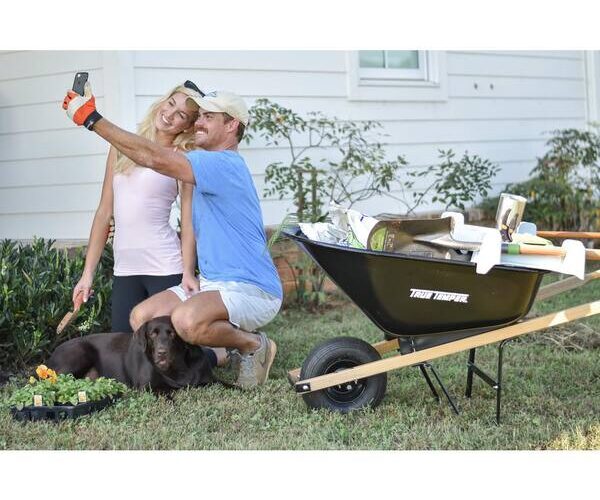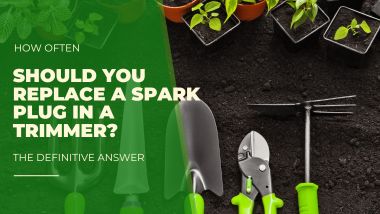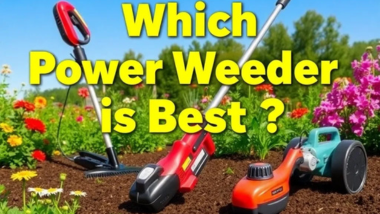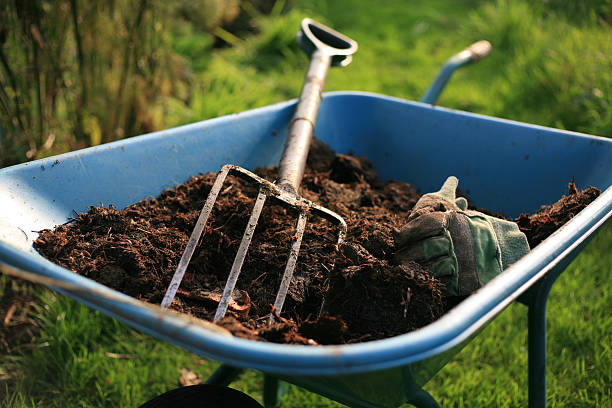
Tools for transporting soil might not sound like the most exciting part of backyard gardening, but trust me, they can completely change the way you work in your garden.
If you’ve ever tried moving heavy piles of soil with just a shovel or bucket, you already know how exhausting, messy, and time-consuming it can be.
Soil is bulky, it’s heavy, and without the right equipment, a project that should take minutes can easily stretch into hours.
The right tools don’t just save you time; they also save your back, making gardening feel less like hard labor and more like an enjoyable weekend activity.
Imagine trying to fill a raised bed or level a patch of ground without the proper gear. You’d probably spill half of it, strain your muscles, and end the day too tired to enjoy your hard work.
That’s why choosing the right soil-moving equipment, whether it’s a wheelbarrow, garden cart, or even a clever tarp hack, is one of the smartest decisions a homeowner can make.
In this guide, I’ll walk you through the very best options, showing you exactly how to make transporting soil easier, faster, and, dare I say, fun.
Why the Right Soil Transport Tools Matter
When it comes to gardening, many homeowners underestimate just how important the right tools for transporting soil can be.
Moving soil isn’t simply about strength; it’s about working smarter, not harder. Soil is heavy, and even a small project like filling raised beds or spreading mulch can quickly feel overwhelming if you rely only on a shovel or buckets.
Without the proper equipment, tasks take longer, strain your body, and often leave you frustrated before you even get to the fun part of gardening.
Common Struggles Homeowners Face
One of the biggest issues is overexertion. Trying to carry heavy soil repeatedly can lead to sore muscles, back pain, or even injuries.
Then there’s soil spillage using the wrong container or loading tool often results in wasted soil, which means wasted money and effort. Lastly, there’s the problem of time.
What could be a quick, enjoyable weekend activity often drags out into hours of exhausting labor when you don’t have the right gear.
How Tools Make Projects Easier
This is where smart choices in soil transport tools truly shine. Wheelbarrows, carts, and even simple tarps allow you to move larger amounts of soil with less effort and fewer trips.
These tools also provide better balance and stability, meaning less mess and a smoother workflow. For homeowners with a backyard, the right tools transform soil-moving from a back-breaking chore into an efficient and even satisfying part of your gardening routine.
With the right equipment in hand, you’re ready to explore the actual options available. Let’s look at the best tools for transporting soil and how each one can make a difference in your backyard projects.
The 7 Best Tools for Transporting Soil in Your Backyard
1. Wheelbarrows – The Classic Workhorse

When most homeowners think of tools for transporting soil, the wheelbarrow is the first that comes to mind.
This classic garden essential is versatile, reliable, and easy to maneuver even when filled with heavy loads. A single wheel allows it to weave through narrow paths, while sturdy handles give you control when dumping soil right where you need it.
Pros: Affordable, easy to use, and ideal for soil, mulch, compost, or even firewood.
Cons: Limited load capacity and balancing a full wheelbarrow can be tricky.
Best for: Small-to-medium backyards needing agility.
2. Garden Carts & Wagons – Heavy-Duty Helpers
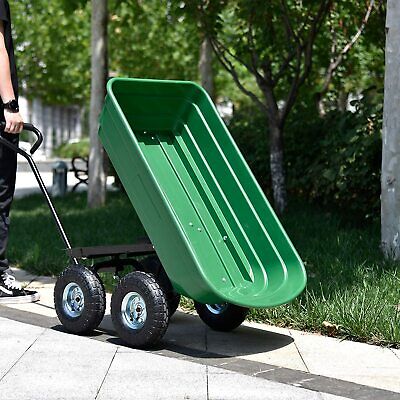
Another excellent choice among tools for transporting soil is the garden cart or wagon. With four wheels for stability, these make hauling large volumes much easier and reduce tipping risks. Flatbeds are perfect for soil bags, while dump carts make unloading quick and efficient.
Pros: Higher capacity and stable balance.
Cons: Bulkier, requires more storage, harder on rough terrain.
Best for: Larger backyards and regular heavy soil movement.
3. Buckets & Soil Bags – Budget-Friendly Options
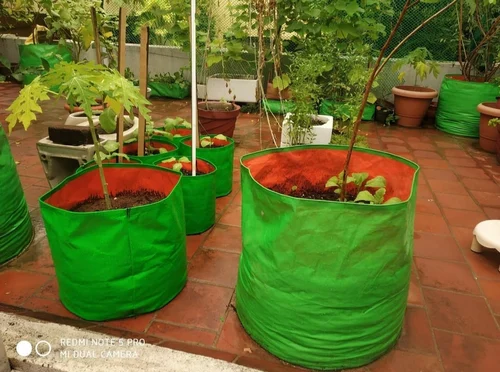
For small projects, tools for transporting soil don’t need to be fancy buckets, and repurposed soil bags get the job done. They’re lightweight, easy to carry, and ideal for tight spaces or raised beds.
Pros: Affordable, compact, and practical.
Cons: Limited capacity means extra trips.
Best for: Quick jobs and container gardening.
4. Shovels & Spades – Essential Loading Tools
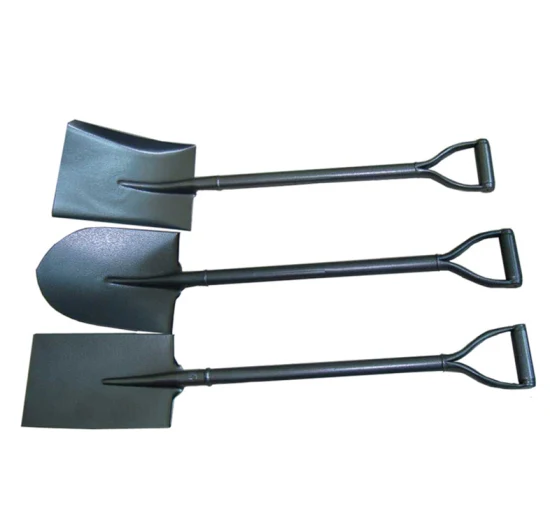
While not standalone tools for transporting soil, shovels and spades are vital companions. A rounded shovel is perfect for scooping, while a flat spade handles compacted dirt. Pairing them with carts or wheelbarrows makes soil movement efficient.
Pros: Versatile, durable, multipurpose.
Cons: Not ideal for bulk soil transport alone.
Best for: Loading and supporting other tools.
5. Power Wheelbarrows – High-Tech Soil Movers
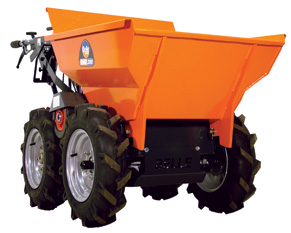
Modern homeowners love powered tools for transporting soil, especially power wheelbarrows. These battery-operated machines reduce physical effort and make hauling heavy soil faster, even on inclines.
Pros: Saves time and effort, great for heavy-duty work.
Cons: More expensive than manual tools.
Best for: Large backyards with frequent soil projects.
6. Tarps – The Overlooked Hack
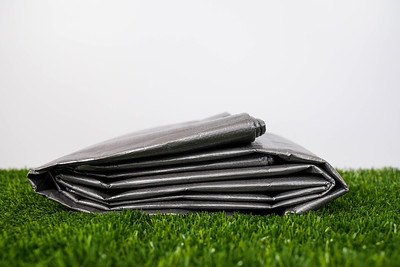
One of the simplest yet clever tools for transporting soil is a tarp. Spread soil onto it, drag it across your yard, and move surprisingly large amounts at once. Works especially well on flat grass where wheels struggle.
Pros: Affordable, lightweight, easy to store.
Cons: Not great for long distances or uneven terrain.
Best for: Quick cleanups and spreading soil.
7. Mini-Loaders (Rental Option) – The Big Project Solution

When major landscaping calls, mini-loaders stand out as powerful tools for transporting soil. These compact machines handle heavy loads effortlessly, making them perfect for ambitious one-time projects. Renting is often smarter than buying.
Pros: Moves large amounts quickly with minimal effort.
Cons: Costly to purchase, requires operation skills.
Best for: Large-scale backyard transformations.
How to Choose the Right Soil Transport Tool for Your Needs
Not all backyards are the same, and that’s why choosing the right tools for transporting soil depends on your unique setup. Before you invest in equipment, think about a few key factors that will determine which option works best for you.
Backyard Size
If you have a small backyard or limited garden beds, a simple wheelbarrow or a sturdy bucket may be all you need. For larger yards, however, a garden cart or even a power wheelbarrow will save you hours of hauling.
Soil Type & Weight
Loamy soil is lighter and easier to move, but clay or gravel-heavy soil can feel twice as heavy. Heavier materials require durable carts or wheelbarrows with reinforced frames and strong wheels.
Frequency of Use
Occasional projects don’t justify a high-cost tool. But if you’re frequently landscaping or gardening, investing in a reliable cart or powered mover is a smart choice.
Budget & Storage
Buckets and shovels are budget-friendly and easy to store, while carts and mini-loaders take more space and cost more upfront. Always balance cost with convenience.
Quick Comparison Chart
| Tool | Best For | Cost Range |
| Wheelbarrow | Small-to-medium backyards | $70 – $150 |
| Garden Cart/Wagon | Larger loads & frequent use | $100 –$250 |
| Buckets | Small projects, tight spaces | Under $50 |
| Power Wheelbarrow | Heavy-duty, large backyard jobs | $500+ |
Pro Tips for Using Soil Transport Tools Efficiently
Owning the right tools for transporting soil is only half the battle—knowing how to use them effectively will save you even more time and energy in your backyard projects. Here are some practical tips every homeowner should keep in mind.
Load Smart, Not Heavy
It’s tempting to fill a wheelbarrow or cart to the brim, but overloading makes it harder to balance and can lead to spills or even injuries. Instead, move smaller loads more frequently. This approach is quicker overall and easier on your back.
Use Proper Lifting Techniques
When filling your soil transport tool, bend at the knees, not the waist. This reduces strain and keeps you steady while lifting heavy soil with a shovel or bucket. A good pair of gardening gloves also helps with grip and comfort.
Maintain Your Equipment
Clean your wheelbarrow, cart, or shovel after each use to prevent rust and buildup. Check tires for proper inflation and lubricate moving parts like wheels and axles regularly. Well-maintained tools last longer and perform better.
Plan Your Path
Before you start hauling, clear obstacles like rocks, hoses, or toys from your route. A smooth, straight path makes transporting soil faster and reduces unnecessary effort.
By using these simple strategies, you’ll maximize the performance of your tools, protect your body from strain, and make gardening tasks far more enjoyable.
Mistakes to Avoid When Moving Soil
Even with the best tools for transporting soil, many homeowners make small mistakes that lead to bigger problems. By avoiding these pitfalls, you’ll save time, energy, and frustration.
Overloading Your Tools
Filling a wheelbarrow or cart to the brim might seem efficient, but heavy soil is hard to control. Overloading increases the chance of spills, tipping, and back strain. Stick to manageable loads.
Choosing the Wrong Tool
A small bucket won’t work for bulk soil, and a large cart is awkward in tight spaces. Match your tool to the task: carts and wheelbarrows for larger jobs, buckets and shovels for smaller ones.
Ignoring Ergonomics
Improper lifting or poorly designed handles can cause injuries. Bend your knees, not your back, and use ergonomic tools.
Skipping Maintenance
Dirty, rusty, or neglected tools wear out faster. Always clean, dry, and store them properly for long-lasting performance.
Conclusion: Make Soil Transport Easy and Enjoyable
Moving soil doesn’t have to be back-breaking work. With the right tools for transporting soil, you can save time, protect your body, and make gardening more enjoyable.
Whether it’s a trusty wheelbarrow, a sturdy garden cart, or even a simple tarp, the right tool makes all the difference in how smoothly your backyard projects run.
Now I’d love to hear from you what’s your favorite soil-moving tool or trick? Share your thoughts in the comments, and don’t forget to pass this guide along to a gardening friend who could use these tips!

